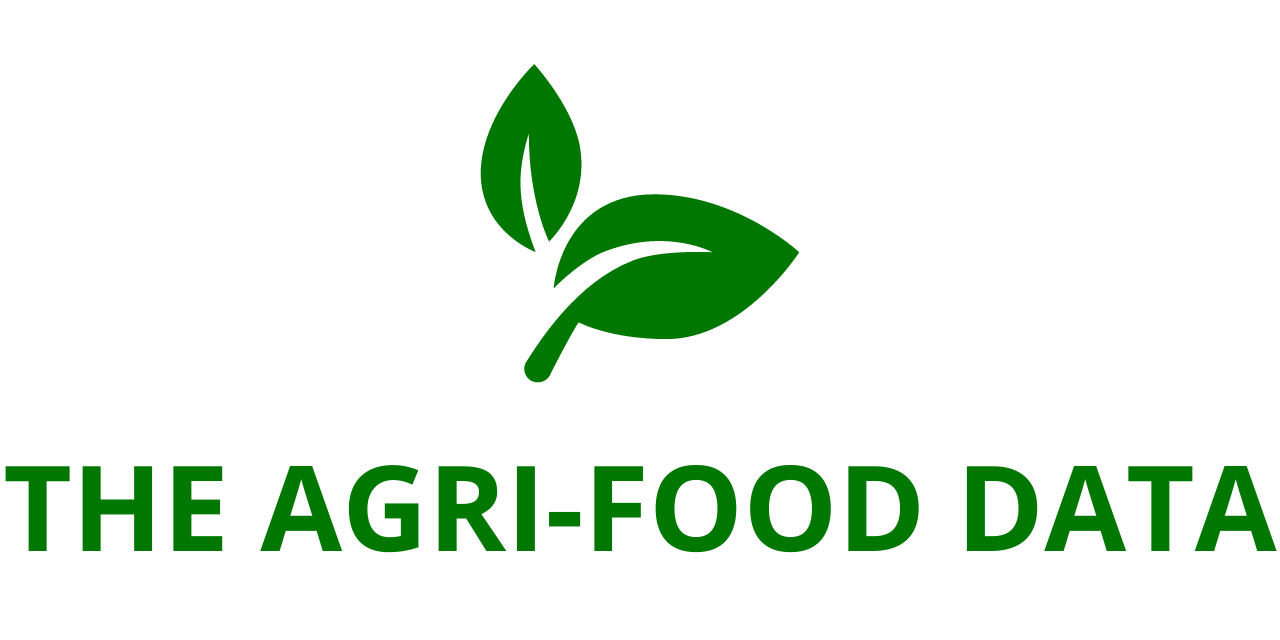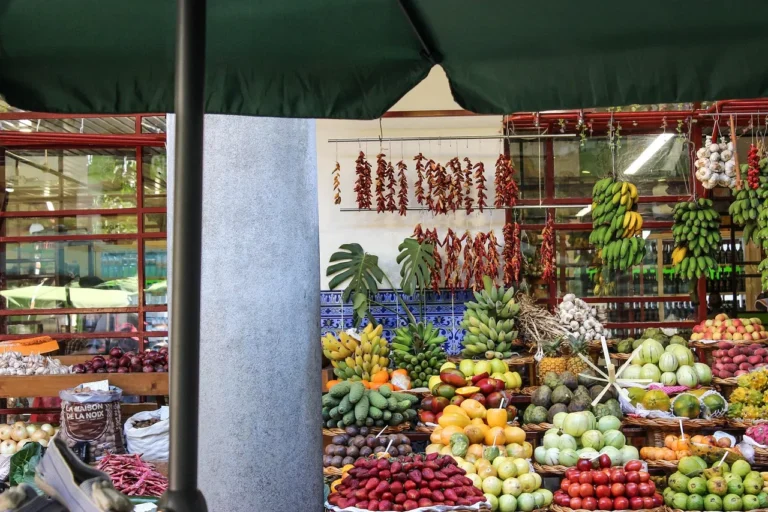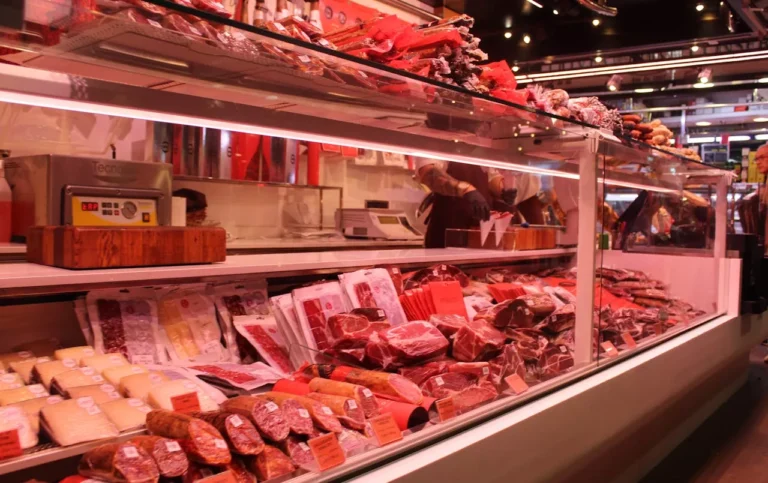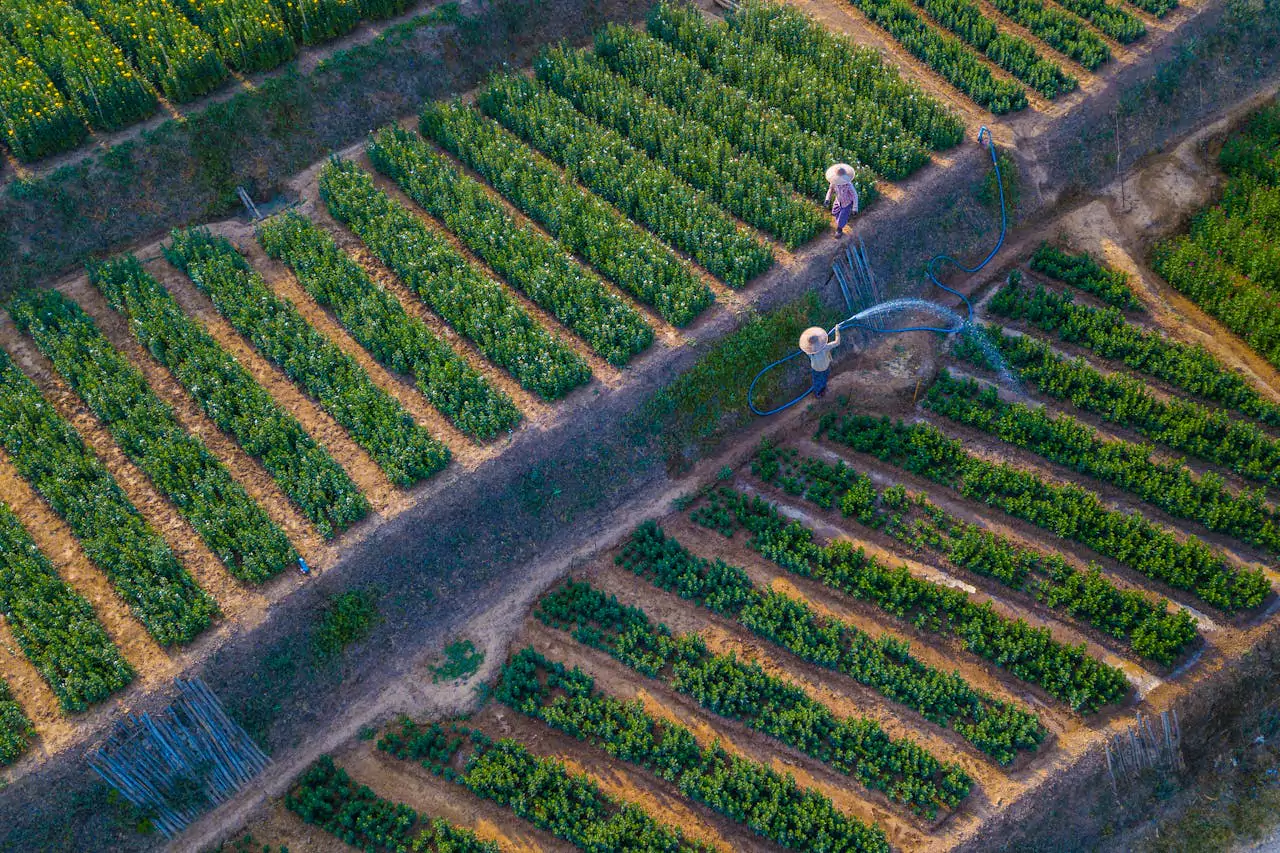
The crop protection chemicals market in the United States is poised for substantial expansion over the coming years, according to the newly released report titled “United States Crop Protection Chemicals Market, By Region, Competition, Forecast and Opportunities, 2019–2029F”, available via ResearchAndMarkets.com. The market is projected to reach an estimated value of USD 20.49 billion by 2029, supported by a steady Compound Annual Growth Rate (CAGR) of 4.37% over the forecast period.
This promising growth trajectory is fueled by a convergence of factors, most notably the pressing need to enhance crop productivity, safeguard yields against rising pest threats, and support a growing global population that demands a stable and efficient food supply chain.
Key Growth Drivers: A Closer Look
The U.S. agricultural sector is experiencing dynamic changes, with crop protection chemicals playing an increasingly pivotal role. Among the core drivers of growth are:
- Rising Pest Incidences: The occurrence of pest outbreaks has intensified due to several environmental and biological changes. Insects, fungi, and weeds continue to pose significant risks to crop yields, making chemical interventions an indispensable solution for farmers.
- Climate Change and Ecosystem Shifts: With erratic weather patterns and rising global temperatures, new pest species are emerging while others are migrating to previously unaffected regions. This has broadened the need for adaptive and responsive crop protection strategies.
- Resistance Development in Pests: Pests have developed resistance to several traditional treatments, compelling the agricultural industry to develop more potent and innovative chemical formulations. The growing complexity of managing resistant species has led to increased adoption of integrated solutions combining both synthetic and biological products.
- Expansion of Cultivated Land and Intensification of Farming Practices: To meet the soaring demand for food, there has been a significant intensification in agricultural practices across the country. Higher cropping intensity, monoculture, and the expansion of high-value crops necessitate efficient protection mechanisms, further driving the demand for crop protection chemicals.
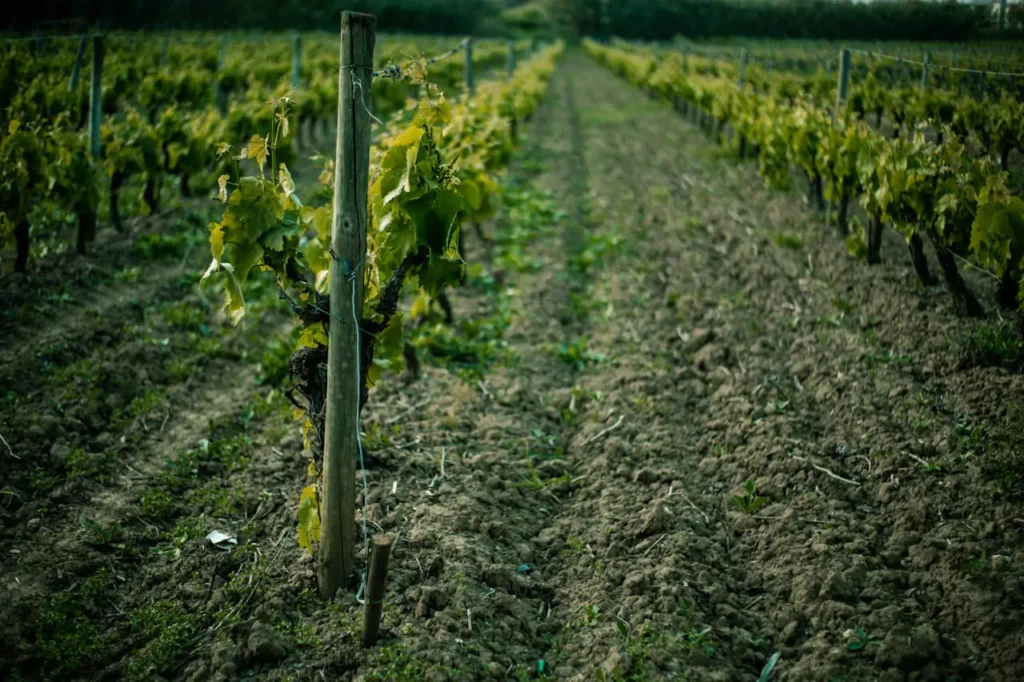
Emphasis on Sustainable Solutions and Innovation
In response to growing environmental concerns and regulatory pressure, the market is steadily evolving towards sustainable pest management approaches. One notable development is the rising popularity of biopesticides, which offer a more eco-friendly alternative to traditional synthetic chemicals. These biological solutions, derived from natural sources such as plants, microbes, and minerals, offer reduced toxicity and minimal environmental footprint.
Integrated Pest Management (IPM) is another key practice gaining momentum. IPM strategies combine cultural, biological, mechanical, and chemical tools to manage pests with minimal impact on human health and the environment. Crop protection chemicals remain an integral part of these systems, applied judiciously and strategically to enhance effectiveness and sustainability.
Additionally, ongoing R&D efforts have led to major strides in chemical formulation, delivery mechanisms, and precision agriculture tools. Companies are focusing on developing targeted delivery systems, such as nano-formulations and controlled-release technologies, which increase efficacy while minimizing chemical usage.
Regional Market Insights: The Midwest Leads the Way
From a regional standpoint, the Midwest continues to assert dominance in the U.S. crop protection chemicals market. In 2023, the region held the largest share, a reflection of its vast and fertile agricultural land, which supports the cultivation of staple crops like corn, soybeans, and wheat. States such as Iowa, Illinois, Nebraska, and Minnesota are leading contributors to this trend, benefiting from a combination of large-scale farming operations and robust agricultural infrastructure.
Herbicides, in particular, have emerged as the fastest-growing segment within the crop protection chemicals market. With the increasing prevalence of resistant weed species and the demand for enhanced weed control in row crops, herbicide usage has surged across the country. Farmers are investing in advanced weed management solutions to maintain yield integrity and reduce labor costs associated with manual weed removal.
Competitive Landscape: Innovation and Strategic Collaboration
The United States crop protection chemicals market is shaped by the presence of several leading global and domestic companies. These industry giants are actively engaged in research, mergers, partnerships, and product launches to gain a competitive edge and address the evolving needs of the farming community.
Key players include:
- BASF SE
- The Dow Chemical Company
- DuPont de Nemours, Inc.
- Bayer CropScience
- Syngenta AG
- FMC Corporation
- Corteva Agriscience
These firms are focusing not only on expanding their product portfolios but also on investing in digital farming technologies, such as crop monitoring tools and smart application systems. Such innovations are enabling farmers to make data-driven decisions, optimize pesticide usage, and reduce operational costs.
